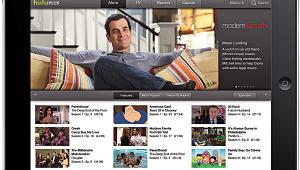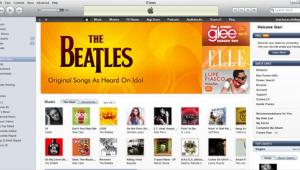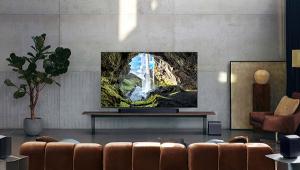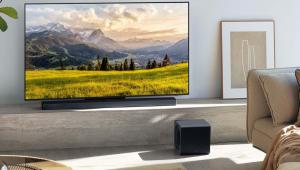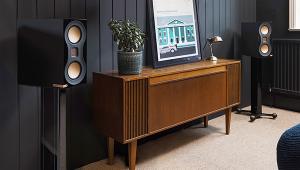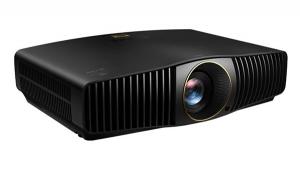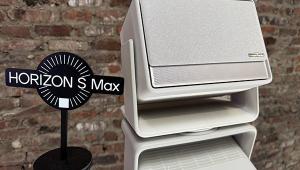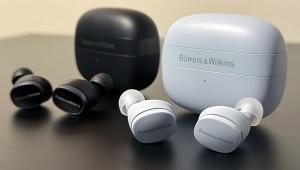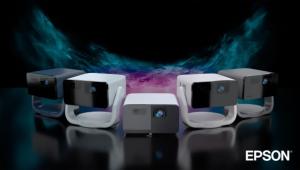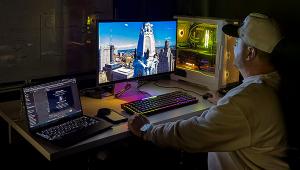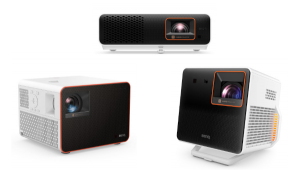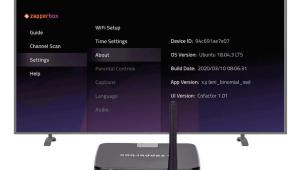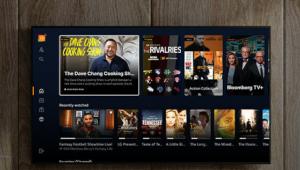Let Us Entertain You Page 2
All of this is good news - but who wants a bulky computer in his living room? Well, the latest Media Center models have slimmed down and are designed to be placed horizontally in an equipment rack, where they could easily be mistaken for A/V components. Larger, vertically oriented Media Center PCs continue to be available, too, but the two that I played with for this article - the HP z556 Digital Entertainment Center ($1,500) and the Sony Vaio VGX-XL1 Digital Living System ($2,300) - are a rack-standard 17 inches wide and look about as PC as a plasma TV.
The latest Media Center PCs have built-in Wi-Fi so you can wirelessly access an Internet ramp located in another room, and they've been stripped of the clutter of peripherals that shipped with early models. You no longer have to worry about plugging the plastic sensor for the wireless mouse and keyboard into a USB port - you don't even have a mouse since a trackball or touchpad is now integrated into the RF (radio-frequency) keyboard. Also gone is the plastic infrared (IR) receiver for the Media Center remote, which you'd put atop the computer, its wires trailing off for connection to another USB port and to IR emitters attached to your cable or satellite box. All the sensor/receivers are now built into the face of the Media Center, and if you do need a sticky emitter to change channels on your cable box, two sensors lead out of a port on the rear panel.
 The operating software on the newest Media Centers - officially referred to as Microsoft Windows XP Media Center Edition 2005 with Update Rollup 2 (don't ask) - now offers a wider array of easy-to-use functions that are all accessed from that blue Start menu.
The operating software on the newest Media Centers - officially referred to as Microsoft Windows XP Media Center Edition 2005 with Update Rollup 2 (don't ask) - now offers a wider array of easy-to-use functions that are all accessed from that blue Start menu.
Maybe the biggest changes can be found under Online Spotlight, Microsoft's showcase of services, some free, some subscription-based. The offerings now include Akimbo's growing library of downloadable TV shows, MTV Overdrive for ad-supported music videos on demand, CinemaNow and Movielink for downloading movies, and GalleryPlayer for transforming your HDTV into an art museum. And that's just for starters.
With these kinds of services and capabilities, you can't help but get caught up in endless avenues of exploration as you point your remote at one of the new Media Center PCs. But sooner or later an error message rears its ugly head, and you realize that a platform so full of possibility is still, at heart, a computer, and underlying it all is everyone's favorite whipping boy, Windows. And you have to ask yourself: is this thing really ready for prime time?
The HP and Sony PCs gave me a chance to find out. They share the same interface, the same TV guide, and most of the same features. But there are big differences that will make them appeal to different people. The HP proved adept at handling HDTV programming, while the Sony - which includes a DVD megachanger - made it the choice for managing a disc-based movie collection. Here's our report from the frontier of entertainment computing.
- Log in or register to post comments







